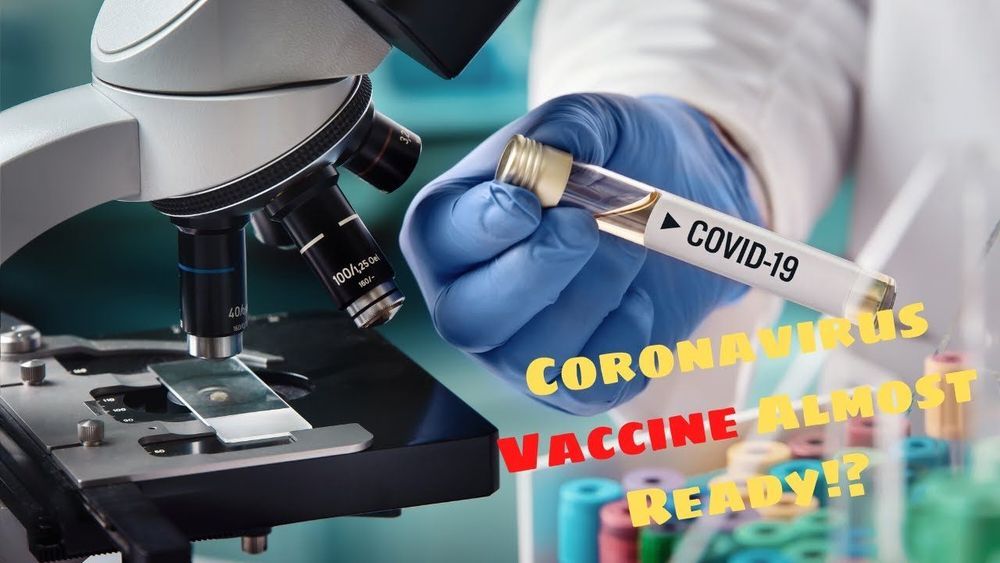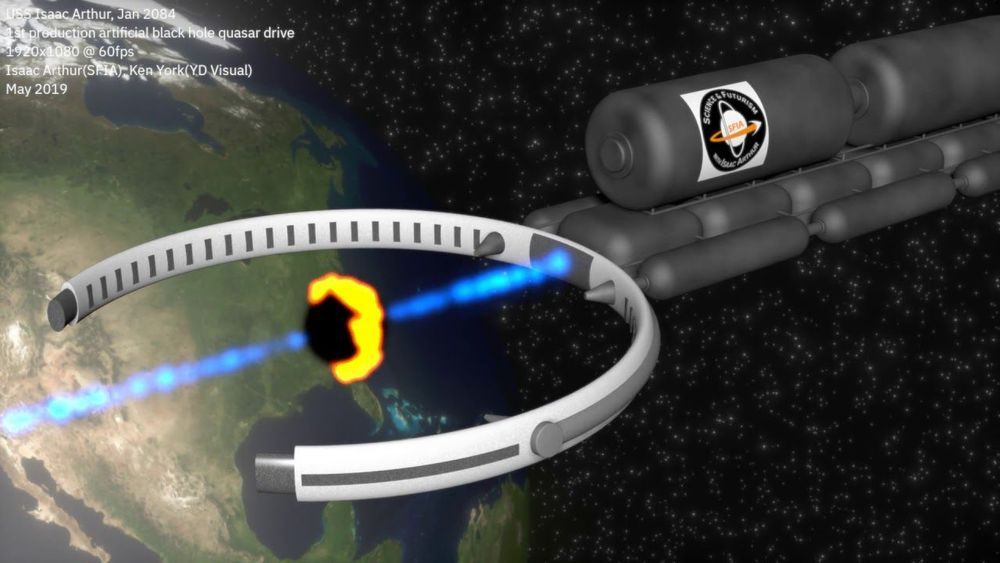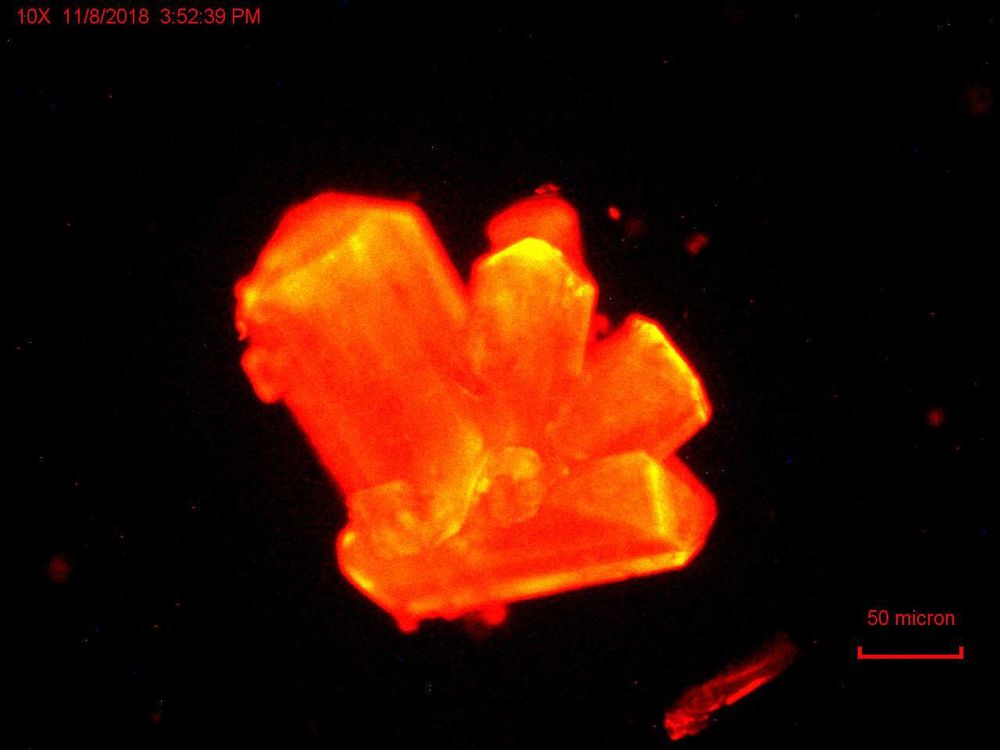Page 6304
Jul 16, 2020
Starship SN5 set for a static fire followed shortly by a 150-meter hop attempt
Posted by Alberto Lao in category: space travel

Starship SN5 is finally set to begin Raptor engine testing this weekend after a successful cryogenic proof test on July 1. If the static fire test is successful, it will clear the way for a 150-meter hop test as early as next week. The 150-meter hop will be the first test flight of a full-scale Starship tank section.
Jul 16, 2020
Coronavirus Vaccines in Phase 3 Development | The State of Science
Posted by TJ Yoo in categories: biotech/medical, business, science

Tired of the coronavirus? Well, the good news is that there are several vaccines in development that are in their final phase of clinical testing before they can be approved for public usage. The bad thing, however, is the fact that there are only so many doses each vaccine manufacturer can make- meaning solving the pandemic will be as much a problem of distribution and manufacturing as it is research and development.
PS: The stock footage from this photo comes from Videvo!
Continue reading “Coronavirus Vaccines in Phase 3 Development | The State of Science” »
Jul 16, 2020
OpenAI’s fiction-spewing AI is learning to generate images
Posted by Quinn Sena in categories: information science, robotics/AI
In February of last year, the San Francisco–based research lab OpenAI announced that its AI system could now write convincing passages of English. Feed the beginning of a sentence or paragraph into GPT-2, as it was called, and it could continue the thought for as long as an essay with almost human-like coherence.
Now, the lab is exploring what would happen if the same algorithm were instead fed part of an image. The results, which were given an honorable mention for best paper at this week’s International Conference on Machine Learning, open up a new avenue for image generation, ripe with opportunity and consequences.
Jul 16, 2020
New BlackRock Android malware can steal passwords and card data from 337 apps
Posted by Quinn Sena in categories: cybercrime/malcode, finance, robotics/AI

Android apps targeted by this new trojan include banking, dating, social media, and instant messaging apps.
Jul 16, 2020
Scientists discover heavy element chemistry can change at high pressures
Posted by Quinn Sena in categories: chemistry, particle physics
New research shows that one of the heaviest known elements can be manipulated to a greater degree than previously thought, potentially paving the way for new strategies to recycle nuclear fuel and better long-term storage of radioactive elements.
An international team of researchers has demonstrated how curium—element 96 in the periodic table and one of the last that can be seen with the naked eye—responds to the application of high pressure created by squeezing a sample between two diamonds.
Led by Florida State University Professor Thomas Albrecht-Schmitt and collaborators at the University at Buffalo and Aachen University, the team found that the behavior of curium’s outer electrons—which influence its ability to bond with other elements—can be altered by shortening the distance between it and surrounding lighter atoms. The findings are published in the journal Nature.
Jul 16, 2020
Pakistan Navy Keeps Silent On Mystery Submarine But New Details Emerge
Posted by Quinn Sena in category: futurism
On July 3 the Director General Public Relations for the Pakistani Navy shared a video of a Special Forces parade. In the background was the unmistakable outline of a submarine.
Jul 16, 2020
Artficial black hole engine: “Quasar drive”
Posted by Quinn Sena in categories: cosmology, space travel

The birthchild of Isaac Arthur, the genius of futurism and
second only to Carl Sagan introduces the idea of
’Quasar drives’.
Small artificially created black holes can be used to harness
incredible amounts of energy.
Continue reading “Artficial black hole engine: ‘Quasar drive’” »
Jul 16, 2020
Japanese Submarines To Counter Chinese Navy Incursions
Posted by Quinn Sena in category: military
With China appearing to flex its muscles in almost all of its territorial disputes, a new underwater dimension may emerge. Chinese submarines could be on a collision course with the Japanese Navy. Known as the Japanese Maritime Self-Defense Force (JMSDF), they possess one of the most potent anti-submarine capabilities of any Navy. In particular Japanese submarine technology is highly regarded. But there seems to be acceptance that they will have to beef up to meet the emerging threat from China. A newly published white paper hints at ways the JMSDF is responding.
The threat of Chinese submarine incursions is seen as very real. Last month, to track a submerged submarine near its waters, the JMSDF scrambled one of its helicopter carriers, two destroyers and several maritime patrol aircraft. Although Japan has not declared the nationality of the submarine, it is widely believed to have been Chinese.
According to a press release (in Japanese) the submarine was detected on June 18 northeast of Amami Oshima, which is one of the islands running between Japan and Taiwan. These islands are known as the first island chain and form a natural barrier between China and the Pacific. The submarine was tracked for several days.
Jul 16, 2020
Scientists Pinpoint Onocogene that Drives Deadly Brain Cancer
Posted by Genevieve Klien in categories: biotech/medical, genetics, neuroscience
Glioblastoma is the most aggressive type of cancer that begins with the brain and develops from astrocytes, star-shaped brain cells that help protect the brain from diseases in the blood and provide the brain’s neurons with nutrients, with around 12,000 cases diagnosed in the United States each year. Glioblastoma cells have more genetic abnormalities than the cells of other types of astrocytoma brain cancer. Now researchers from the University of Virginia (UVA) School of Medicine report they have identified an oncogene responsible for this deadly cancer.
Their study, “A cytoskeleton regulator AVIL drives tumorigenesis in glioblastoma,” is published in Nature Communications and led by Hui Li, PhD, associate professor, pathology, at the University of Virginia School of Medicine and the UVA Cancer Center.
“Glioblastoma is a deadly cancer, with no effective therapies. Better understanding and identification of selective targets are urgently needed. We found that advillin (AVIL) is overexpressed in all the glioblastomas we tested including glioblastoma stem/initiating cells, but hardly detectable in non-neoplastic astrocytes, neural stem cells or normal brain,” the researchers wrote.














